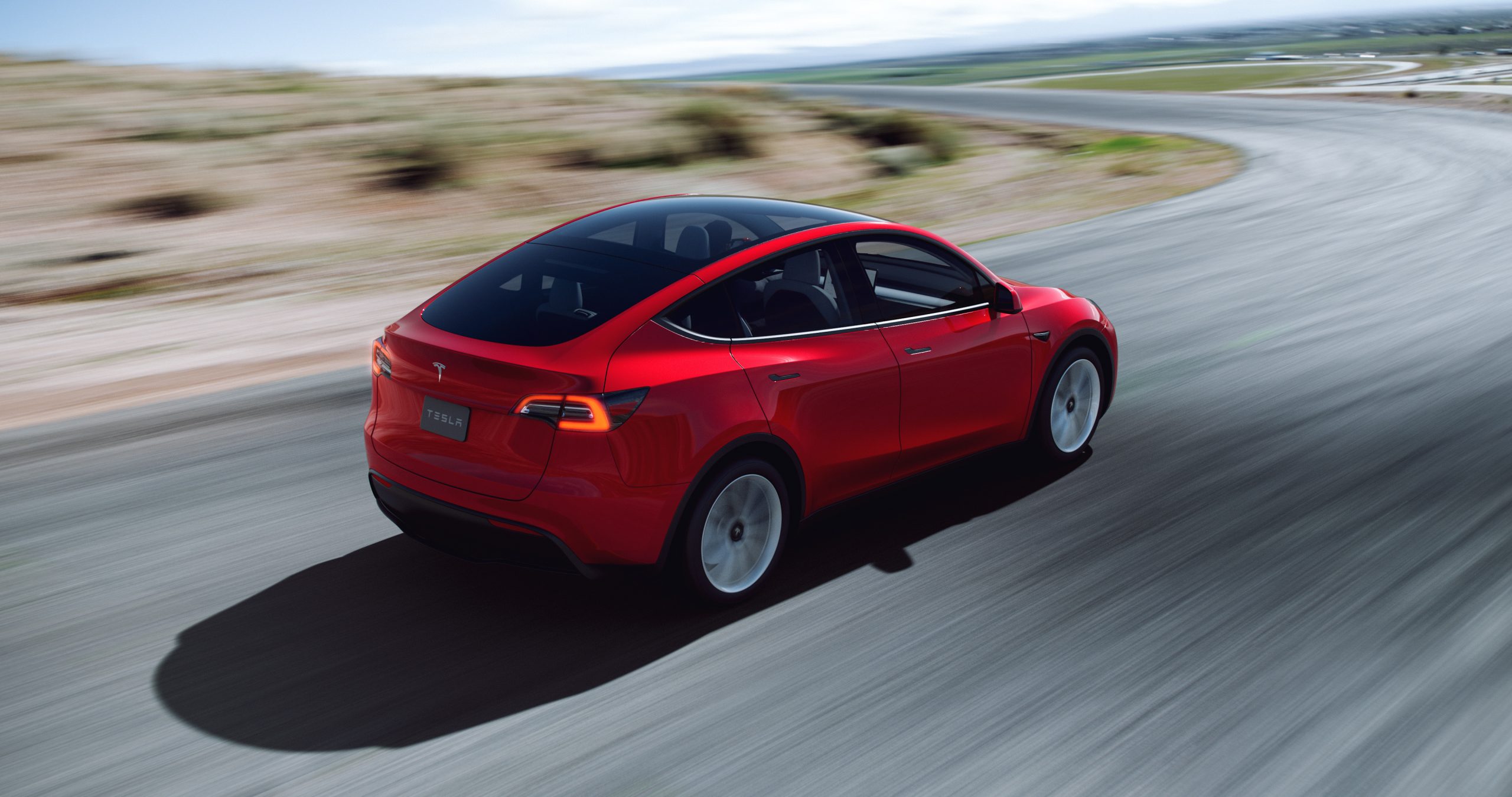Thoughts on solar and storage...
My home was built in 2018 and I purchased it from another family in 2020. They had around a 12Kw array installed on the roof and its been pretty amazing how much value its added to me personally, but I never actually went through the process of purchasing it other than in the acquisition of my home. For my job (I am an IT engineer) I went on a sales call with a local utility and the person I was talking with said that in our region based off the rates customers pay there is really no scenario where solar was worth the price. We have around $.11/KWh here and he's right, it's too cheap....I happened to find the invoice from the prior owner and they paid just under 50K (before 33% ITC) for the system in 2019. I have a model 3 and a Y today and based off my utilization it would take me just under 12-15 years at our utilization to be at price parity. In the process of this conversation I told the table I have a 12Kw array I inherited from the prior owner and its been great....to which I was asked what it cost and if I had to purchase it myself would I do it all over again....
I had never considered this question in 3 years of owning this home because frankly I dont need to. But I paused much longer than I normally do to these types of questions... I answered that I would do it for two reasons. 1. I like being independent from a regulated monopoly. I hate the power they hold in state government and their commitment to coal and NG. 2. I can say without pause I have done everything I can do to limit my families carbon footprint. My kids are young, they only know what electric cars are like (home charing, super charging, etc). They recognize we have a power plant on our roof and it powers the cars. They love it, and as an engineer I get to explain things to them because they are interested.
TSLA as a stock has me primed to make fun choices in life of doing whatever job I want to do regardless of pay. About a year ago today I signed up at a local community college to take courses to become a residential electrician. I've put in many breakers, circuits, wired my own house, and around a half dozen EV outlets over the last 5 years....I like the work and it's rewarding. In speaking with my instructor my county has DOZENs of open jobs for just the local electrician companies. This is leading to jobs having months long lead times and much higher costs for everything EV outlets, solar, etc. I reached out to the company that did my installation and asked them what my house would cost today to install the same output of solar and it was 60K. But the interesting part is the actual materials portion was 50% lower than when the prior owners put it in. Unless more people see the value in doing hands on work, the goals we as a society have set are going to be impossible to reach.
Ok...I promise I am wrapping this up....
In looking at the new panels we are getting close to 700w/panel in 2024 time range. I have 39 panels over 4 roof sections today. if I had the company use these panels it would be 16 and take up 2 roof sections. So my hope in the coming years is that panel density keeps going up, so less panels needed, less install cost, quicker ROI, etc. We also need LFP batteries to come out cheap enough that even in my state it becomes an asset. In the mean time we need more people to enter the trades ASAP. I wish part of the IRA was some type of school or personal incentive to work in power generation. It's amazing to me that oil roughnecks in Texas routinely make 100K/year and people who run the wires we all depend on make 18-25/hour....or roughly the same as a fork lift driver at Home Dept. Also electricians have to work as an apprentice for 4 years. So even if I wanted to make a life change I have to commit 800 hours of my life to become a journeyman and start my own company......necessary, but crazy.
Happy mothers day.



/cloudfront-us-east-2.images.arcpublishing.com/reuters/VYOOGOJFQJKMRBJPVBA5GBKMSU.jpg)
